Studiofour conjures Hygge at a house renovation in Melbourne
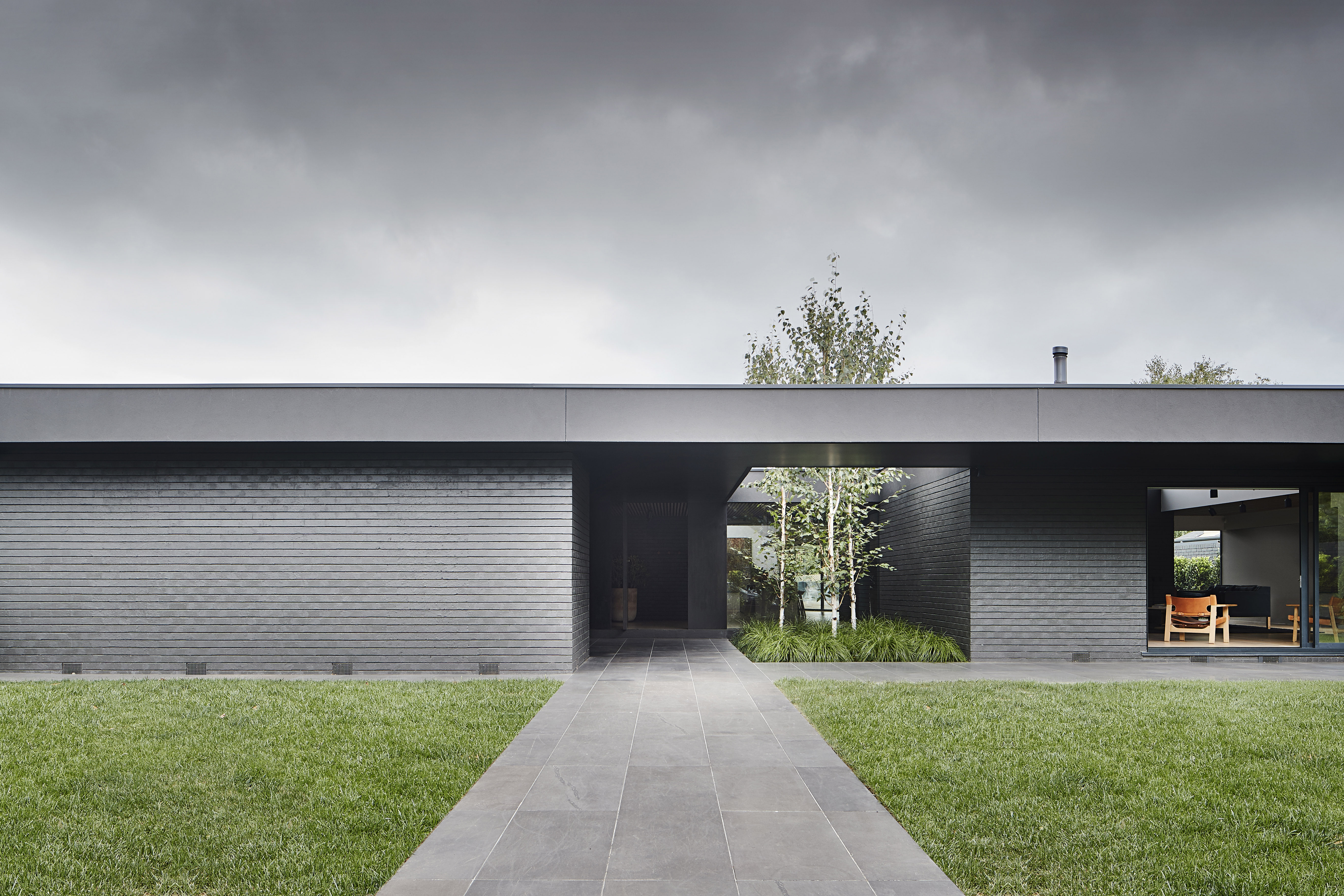
How do you define ‘hygge’ architecturally? Providing comfort at home is different for everyone, many people like to feel soft carpet beneath their feet, others like to throw the windows open. For the clients of Australian architecture collective StudioFour, a family with Danish heritage living in Melbourne, their idea of hygge was an authentic house with an identity. The architects, led by directors Annabelle Berryman and Sarah Henry, took a holistic approach to the brief completely transforming an existing house into a powerful modern design, which through texture and colour creates an atmosphere of calm and mindfulness.
For a modern new-build house, it’s a challenge to ‘design’ authenticity. It’s a trait that often comes with age – a good house ripens over time and settles into its site, accepted by the earth. Memories also add layers of authenticity – cracks, stains and fades that become part of everyday living. An important part of Studiofour’s Central Park Residence therefore, was that it began with an existing house, and while the house has been transformed by renovation, this core became part of its identity, tethering it to architectural history. The architects – equally as romantically – describe this as ‘conserving the heart and soul of the forgotten’.

Brickwork played a major part of the new look of the house – structurally, bricks re-built the shape of the house into a low-rise, horizontal minimalist block. An exaggeration of its original form, which brought coherence and unity to the plan, the architects saw this new shape as a returning the house to its ‘essence’, while remaining strong and modernist. A new over-sized eave that marks the house’s entry, also creates space for landscaping and a sheltered outdoor area, as well as enhancing privacy.
Texturally, the bricks add warmth and character, with vertical joints and raking across existing horizontal joint lines. The bricks continue from the facade and into the interior, where the architects describe the walls as ‘unadorned and honest’. Said walls part to create portal openings to connect the rooms in a plan that has subtle divisions, yet is largely open, with glass walls separating the dining and living spaces.
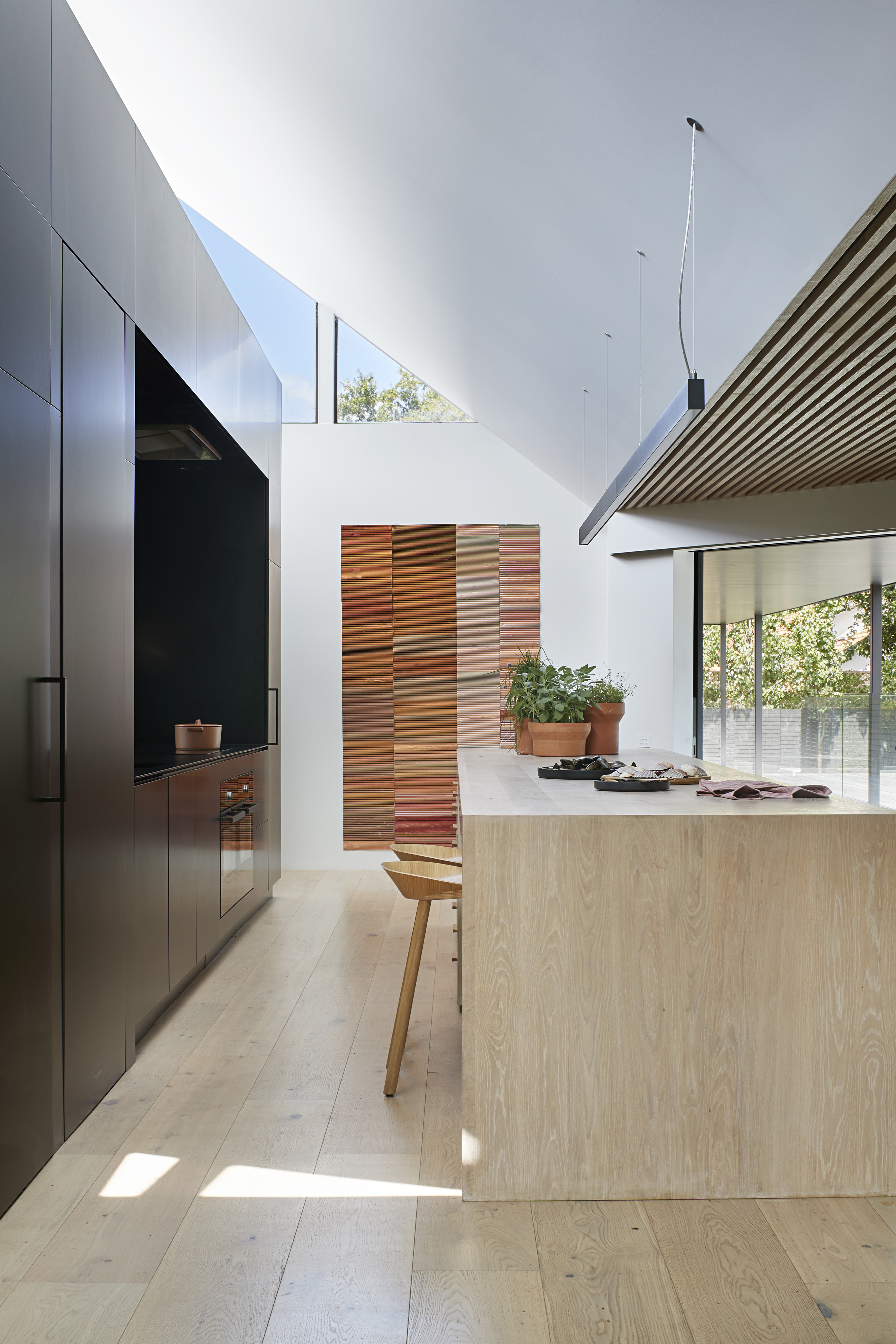


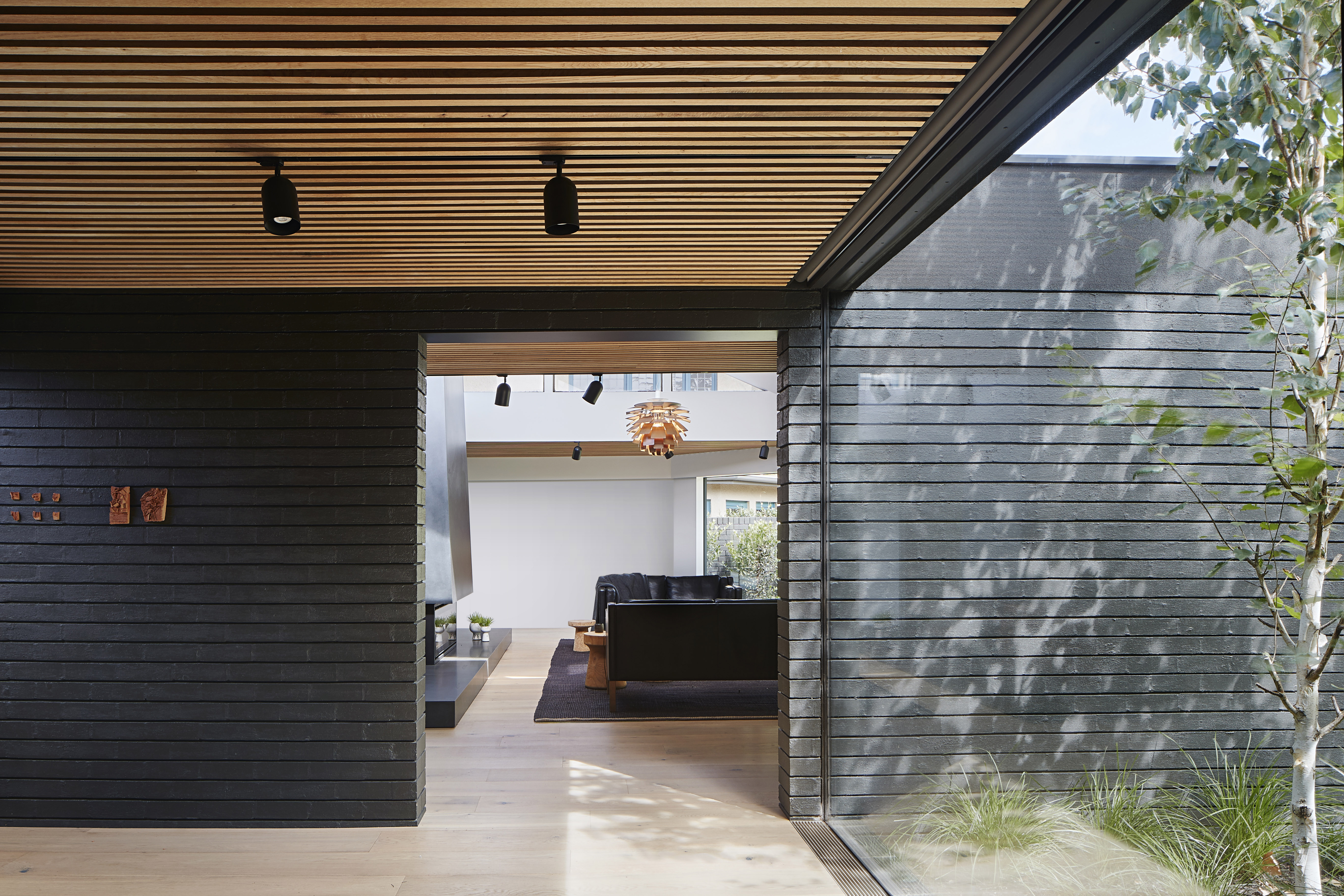

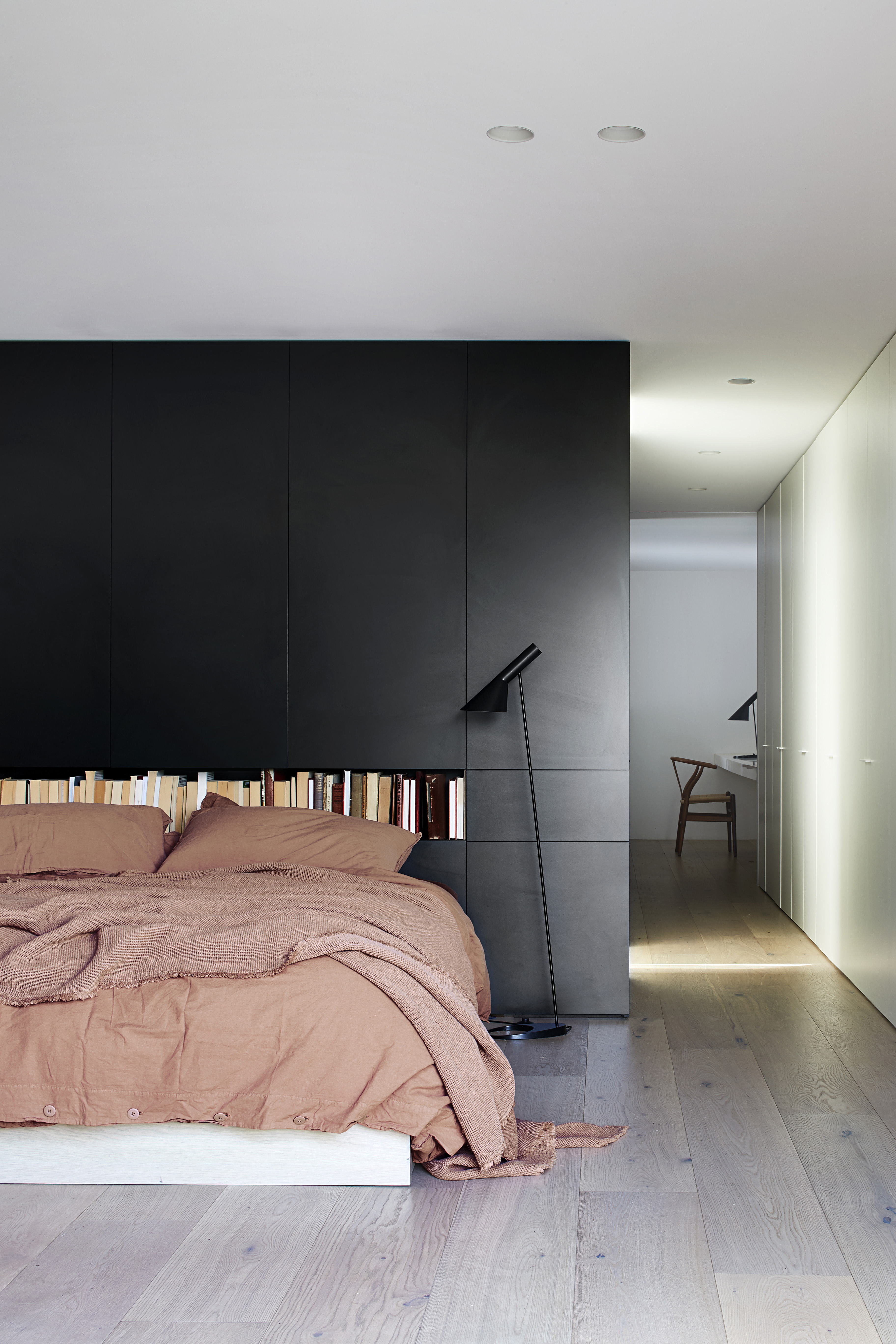


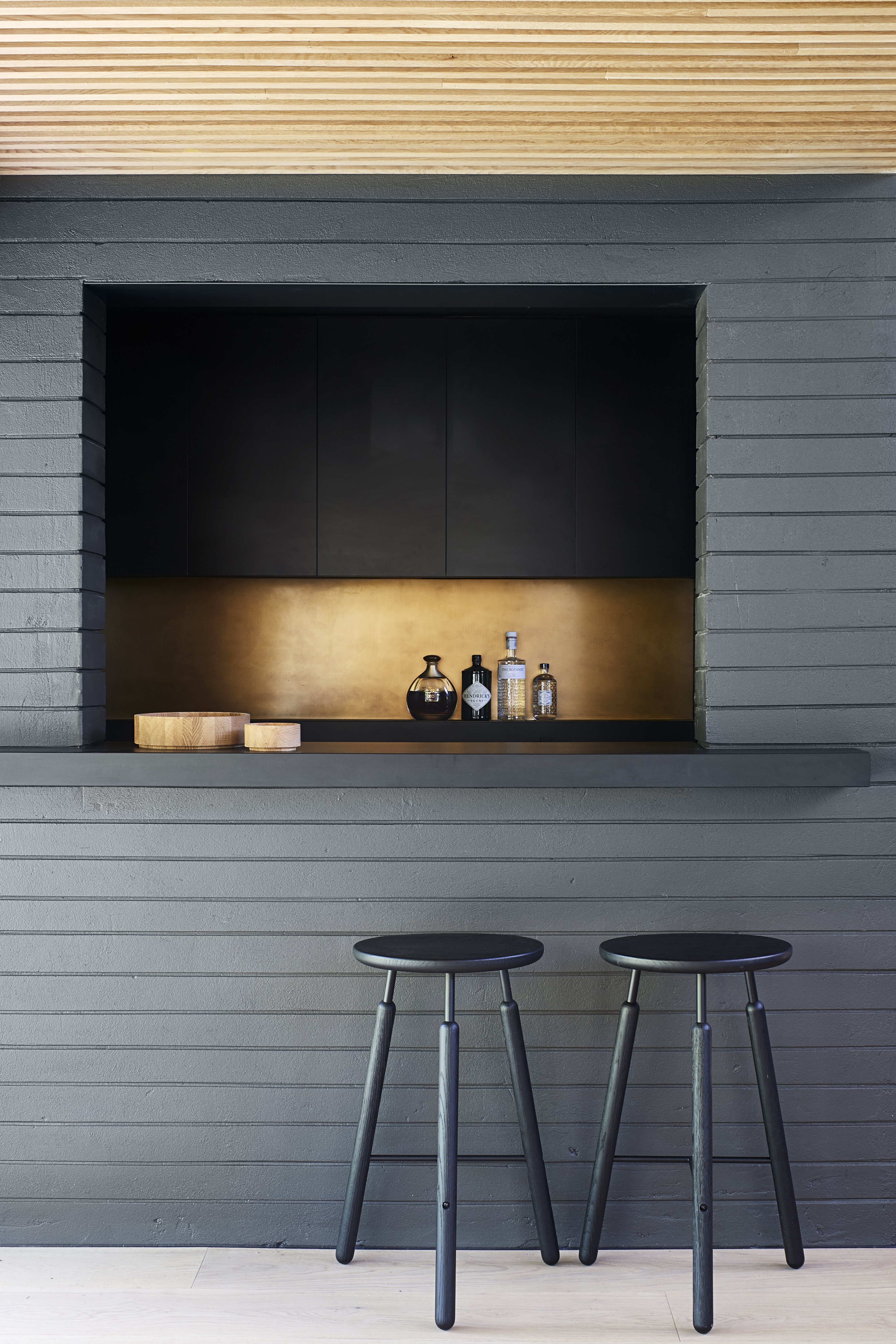
INFORMATION
Receive our daily digest of inspiration, escapism and design stories from around the world direct to your inbox.
Harriet Thorpe is a writer, journalist and editor covering architecture, design and culture, with particular interest in sustainability, 20th-century architecture and community. After studying History of Art at the School of Oriental and African Studies (SOAS) and Journalism at City University in London, she developed her interest in architecture working at Wallpaper* magazine and today contributes to Wallpaper*, The World of Interiors and Icon magazine, amongst other titles. She is author of The Sustainable City (2022, Hoxton Mini Press), a book about sustainable architecture in London, and the Modern Cambridge Map (2023, Blue Crow Media), a map of 20th-century architecture in Cambridge, the city where she grew up.
-
 Volvo’s quest for safety has resulted in this new, ultra-legible in-car typeface, Volvo Centum
Volvo’s quest for safety has resulted in this new, ultra-legible in-car typeface, Volvo CentumDalton Maag designs a new sans serif typeface for the Swedish carmaker, Volvo Centum, building on the brand’s strong safety ethos
-
 We asked six creative leaders to tell us their design predictions for the year ahead
We asked six creative leaders to tell us their design predictions for the year aheadWhat will be the trends shaping the design world in 2026? Six creative leaders share their creative predictions for next year, alongside some wise advice: be present, connect, embrace AI
-
 10 watch and jewellery moments that dazzled us in 2025
10 watch and jewellery moments that dazzled us in 2025From unexpected watch collaborations to eclectic materials and offbeat designs, here are the watch and jewellery moments we enjoyed this year
-
 The Architecture Edit: Wallpaper’s houses of the month
The Architecture Edit: Wallpaper’s houses of the monthFrom wineries-turned-music studios to fire-resistant holiday homes, these are the properties that have most impressed the Wallpaper* editors this month
-
 An Australian holiday home is designed as a bushfire-proof sanctuary
An Australian holiday home is designed as a bushfire-proof sanctuary‘Amongst the Eucalypts’ by Jason Gibney Design Workshop (JGDW) rethinks life – and architecture – in fire-prone landscapes, creating a minimalist holiday home that’s meant to last
-
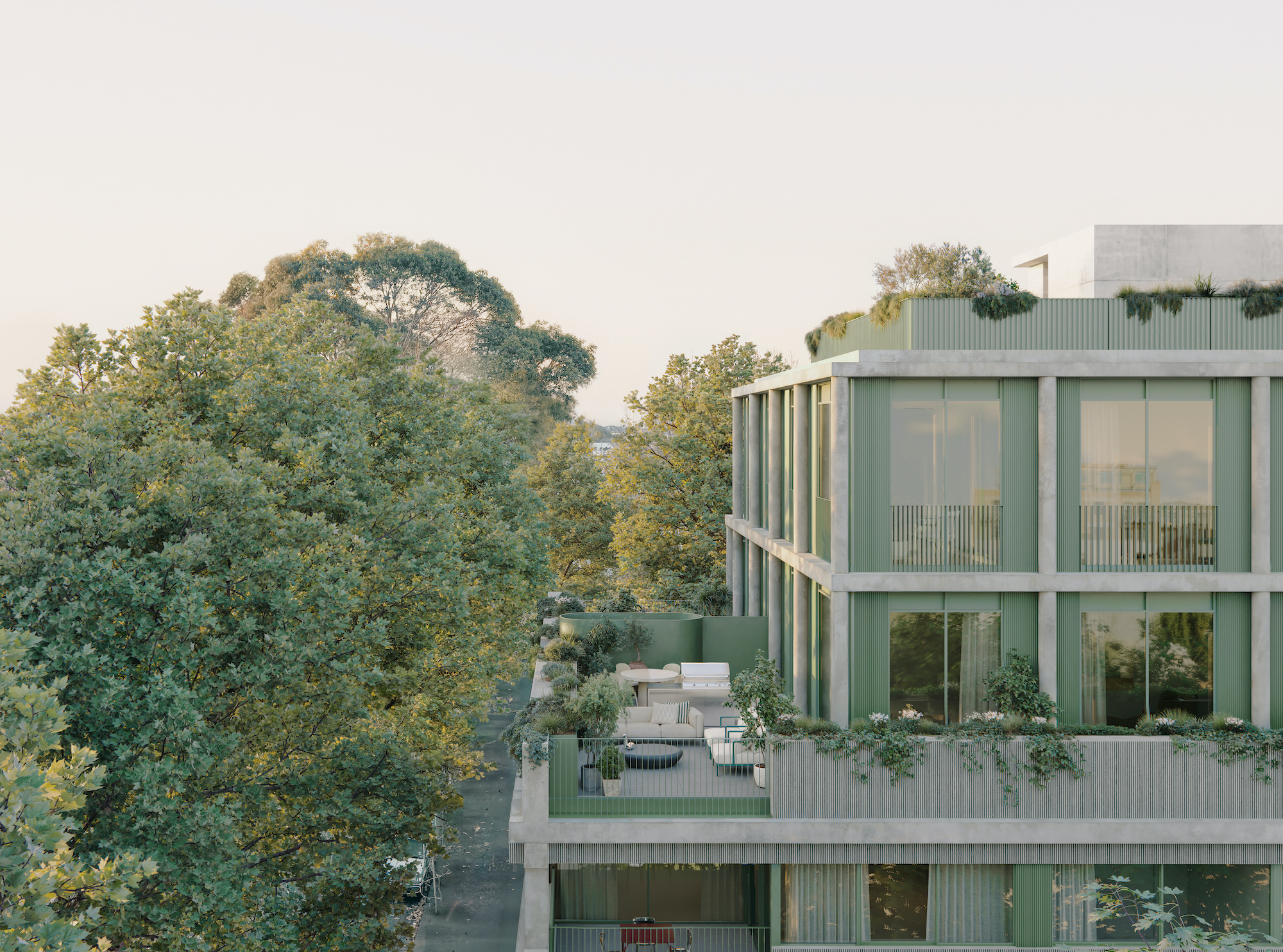 Neometro is the Australian developer creating homes its founders ‘would be happy living in’
Neometro is the Australian developer creating homes its founders ‘would be happy living in’The company has spent 40 years challenging industry norms, building design-focused apartment buildings and townhouses; a new book shares its stories and lessons learned
-
 The Melbourne studio rewilding cities through digital-driven landscape design
The Melbourne studio rewilding cities through digital-driven landscape design‘There's a lack of control that we welcome as designers,’ say Melbourne-based landscape architects Emergent Studios
-
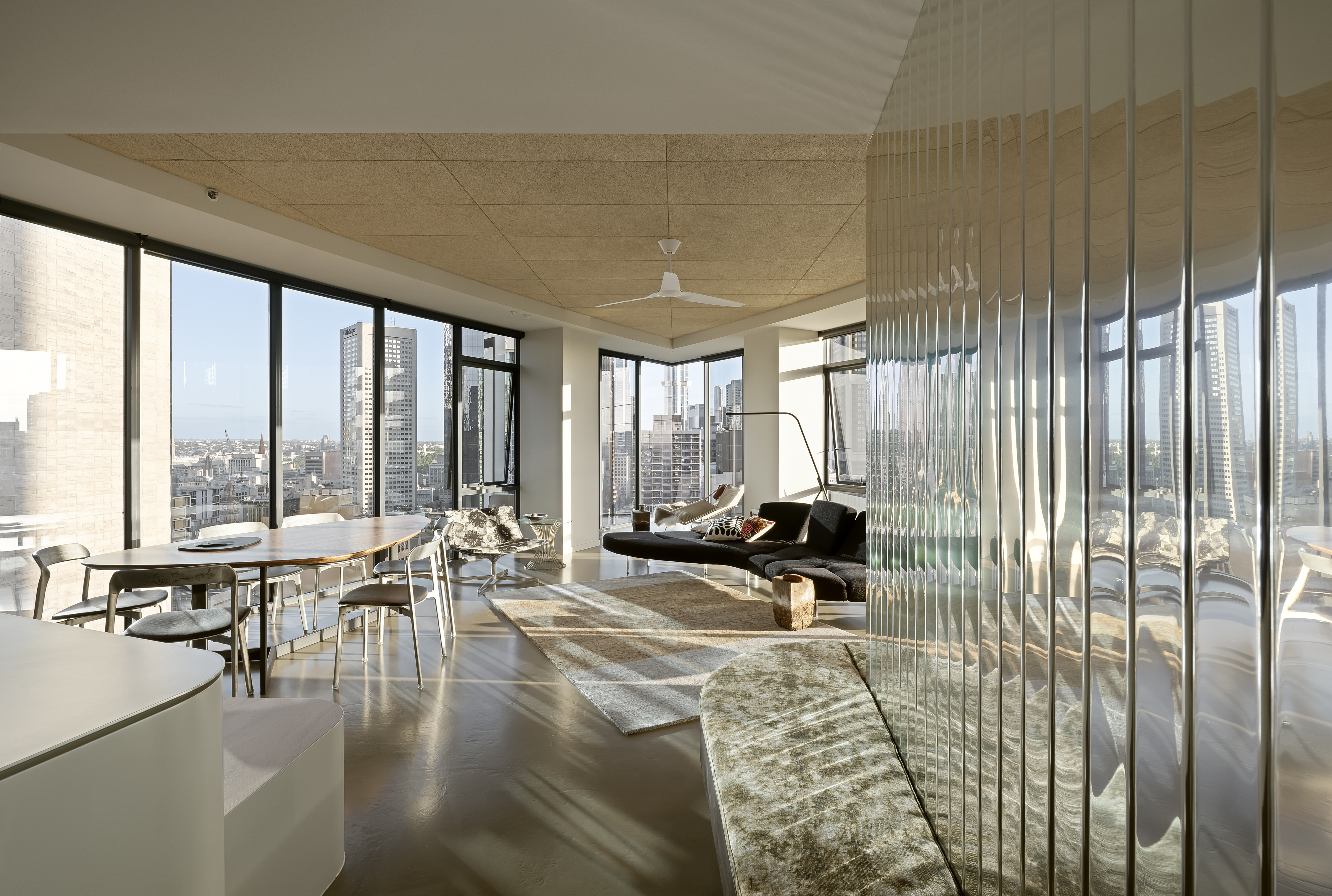 A Republic Tower apartment refresh breathes new life to a Melbourne classic
A Republic Tower apartment refresh breathes new life to a Melbourne classicLocal studio Multiplicity's refresh signals a new turn for an iconic Melbourne landmark
-
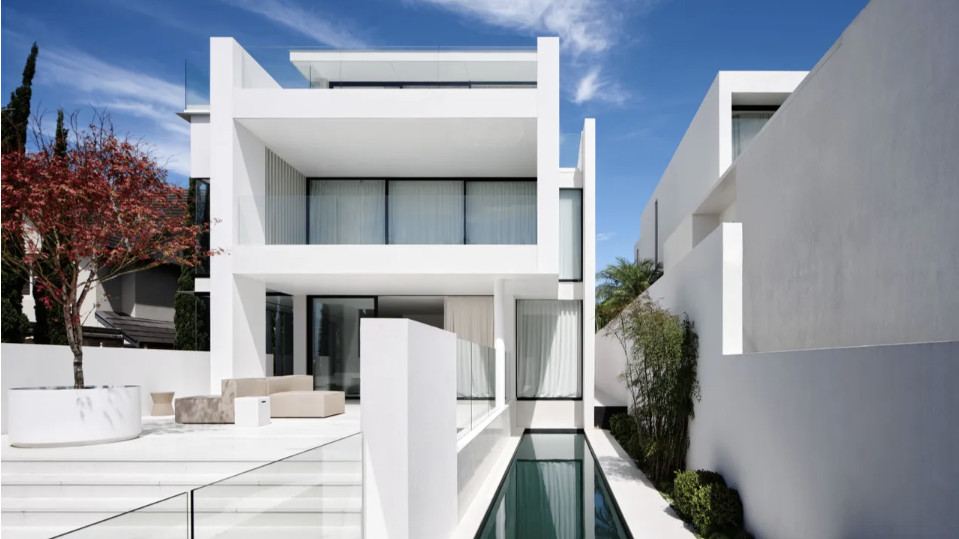 A Japanese maple adds quaint charm to a crisp, white house in Sydney
A Japanese maple adds quaint charm to a crisp, white house in SydneyBellevue Hill, a white house by Mathieson Architects, is a calm retreat layered with minimalism and sophistication
-
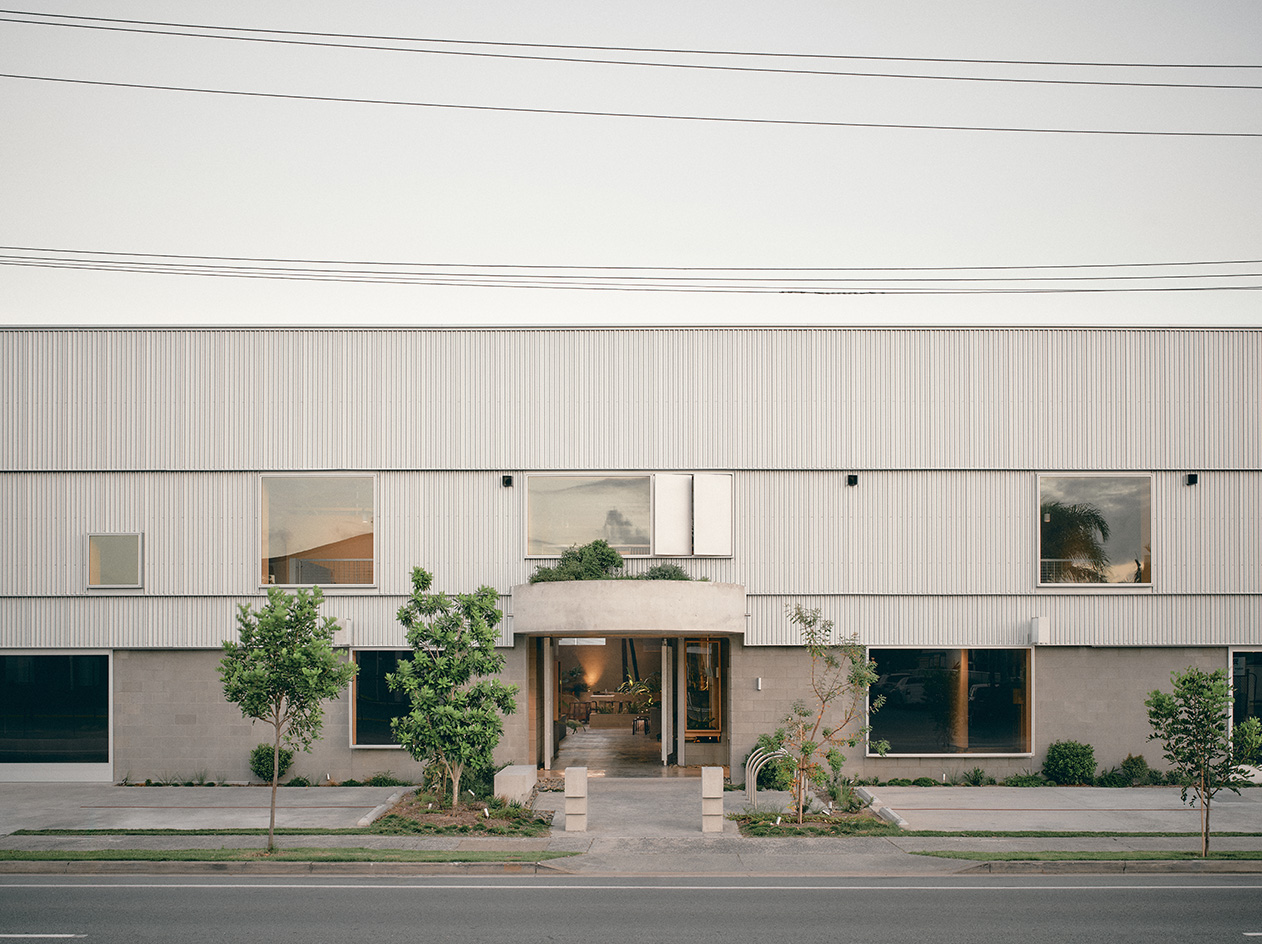 A redesigned warehouse complex taps into nostalgia in Queensland
A redesigned warehouse complex taps into nostalgia in QueenslandA warehouse in Queensland has been transformed from neglected industrial sheds to a vibrant community hub by architect Jared Webb, drawing on the typology's nostalgic feel
-
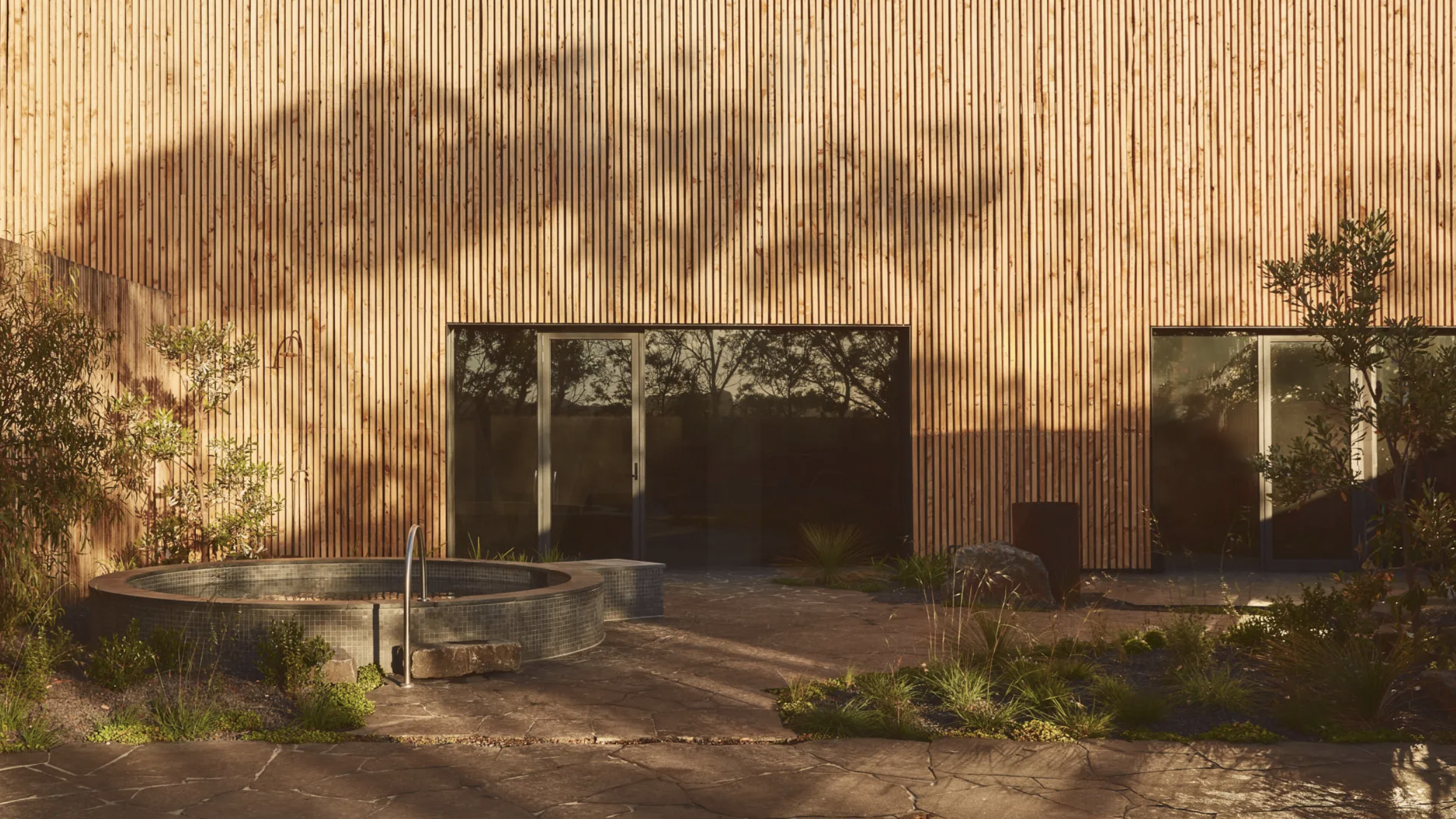 Australian bathhouse ‘About Time’ bridges softness and brutalism
Australian bathhouse ‘About Time’ bridges softness and brutalism‘About Time’, an Australian bathhouse designed by Goss Studio, balances brutalist architecture and the softness of natural patina in a Japanese-inspired wellness hub